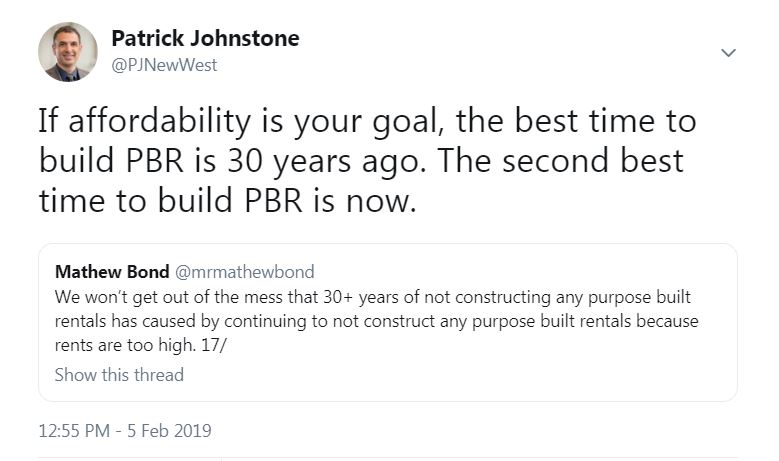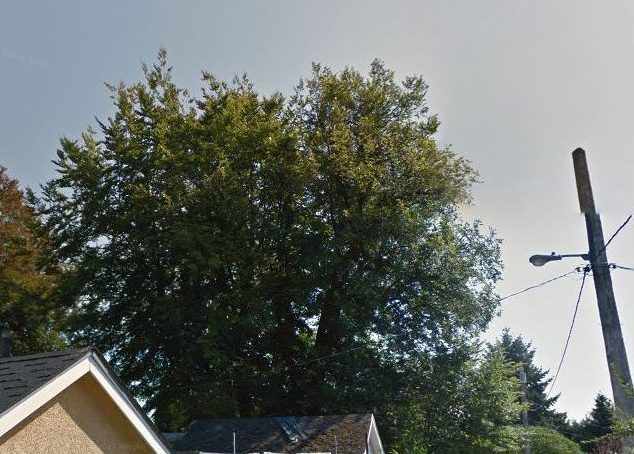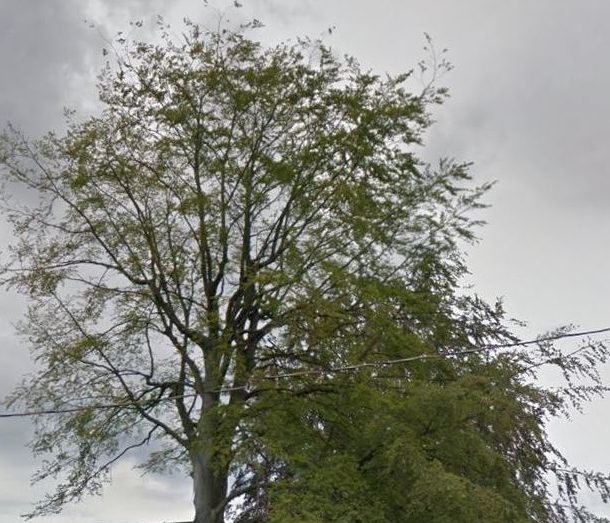My reports on the January 29th regular meeting and Public Hearing are here and here, respectively, but we also had a constructive Workshop session during the early afternoon that you can watch in its videotronic glory here.
Implementation of Cannabis Legislation
The Federal Government have announced that some time in July, 2018, the production, distribution and sale of cannabis for recreational use will be legal in Canada. This has resulted in a bit of a rush (by government standards) to develop appropriate regulatory controls around an industry that will transition from underground to commonplace. This has involved every level of government working at essentially the same time, trying to figure out where the overlaps and gaps are. At a national level, there is no precedence for this, so complications ensue…
What we know right now (and I am simplifying a bit here) is that the feds are going to regulate the commercial production and packaging, and create quality and other standards. The provincial governments are going to be responsible for distribution systems and regulating the retail market. Local governments will do what we always do – regulate local land use (through zoning) and business regulations to manage parochial concerns (business hours, signage standards, buffer zones, etc.).
The pressure on local governments right now is that we can’t really do our job until we have a good understanding of the framework that senior governments will provide. They are putting together laws, but we are not yet certain about what the details will be. In the regulation-as-sausage-making sense, we cannot just create new Bylaws instantly: between doing the drafting work, community consultation, legal review, Council approval, Public Hearings, and implementation, it can take 6 months or more to build an effective bylaw regime. July is 6 months away.
With this in mind, Council held a workshop to give staff guidance on a proposed regime for managing cannabis sales and production locally, within the limits of our regulatory role. Staff prepared some briefs on the ways they see this rolling out, leaving significant wiggle room as we are somewhat reading the tea leaves of semi-complete senior government regulation. It isn’t perfect, but it is a proactive approach.
All ideas were discussed as a set of basic principles to be put together into draft bylaws, with the intention of taking this out to public consultation to get a sense of where the community is on this. Therefore, take my comments and those of Council on this as a set of starting principles, which may change by the time we are finished this process later in the year. The discussion revolved around 5 basic areas:
1) Limiting retail locations (Zoning Bylaw)
The Province has indicated there will be government-run cannabis retailers and private retailers. This looks a bit like the current liquor store model. We can write a zoning bylaw to allow the sale of cannabis as an “add on use” to existing retail-zoned areas. Similar to a liquor retailer, an applicant would come to City Hall with a proposed location, staff would evaluate against a general set of guidelines and process an application that would require some public input. The actual guidelines are currently up in the air. What restrictions to put on these retail stores (if any) are the meat of the public discussion to come. Should there be a 300m buffer to the nearest school? 100m buffer from each other? Should it only be allowed in some retail areas, not others? Should there be a prohibition on selling in neighbourhood corner stores as opposed to retail strips? This is the conversation we need to have right now.
Notably, it does not look like consumption sites will be legal in the short term. There are a bunch of WorkSafe BC and other rules around smoking in work places, and edibles and tinctures will apparently not be legal until 2019, so we are limiting our discussion in the short term on retail sale for off-site consumption (think liquor stores, not pubs, for the alcohol corollary)
2)Production facilities (Zoning Bylaw)
It is anticipated that production will be pretty industrial, and due to security and energy costs, relatively large operations. Whether there will be a smaller “craft” production market is yet to be determined. The Federal Government is regulating this, but the City will need to assure our Zoning Bylaw allows this use in appropriate places. We have larger M2 zoned properties, mostly in Queensborough and the Braid Industrial Area, where staff feel it is most appropriate, and we have smaller M1 zones that are more light industry like in the Braid Triangle and adjacent to Stewardson Way. Which of these is most appropriate?
These industrial operations may smell, and it is a little unclear how prepared Metro Vancouver is to regulate air quality from them. It is not even clear where the proposed federal rules government production will intersect with the air quality bylaws of the regional government. This is something to watch.
3)Business licensing rules (Business License bylaw)
This is where we regulate things around the day-to-day operations of businesses, like hours of operation, staffing, limiting age of customers, and business streetscape. I am generally in favour of making this as similar to liquor stores as a starting point, but am willing to be convinced that either a more rigorous or more lax approach is appropriate. One important aspect is how we regulate the sale of “paraphernalia”: should it be limited to places that sell the product? we currently have (somewhat dated) Bylaws restricting the sale of “drug paraphernalia” in the City – these will need an update.
4)Public Consumption (Smoking Bylaw)
Another challenge that falls somewhat in to local jurisdiction is our public smoking law. Not all marijuana is smoked, but the nuisance and negative health impacts of second hand smoke are as real for pot as for cigarettes. Our current Bylaw does cover all smoking materials, so no big change needed here, though some clarifying language may help. I have other concerns around public education, but will cover that below.
5)Domestic production
The feds are going to make it legal to produce a few plants at home for personal use, and the city may want to create regulations around this, such as requiring that it only be done indoors or in an accessory building. I’m not sure if we need to take these measures, as I suspect much of the negative impact of previous “grow-op” practices were a product of growing under a prohibition regime – the need for intensive lights, hydroponics, etc. People growing a plant in their living room or deck may be no different than growing poinsettias or tomatoes, but I really don’t know. I feel we need some input from our Fire Chief and buildings staff to better understand potential issues.
This, and the smoking bylaw part above, brings up my final concern: New Westminster has a high proportion of people living in Multi-Family Buildings, be they condos or rentals, and I don’t really know how these new rules are going to impact that sector. Will building managers or stratas regulate the growing of plants on decks, the smoking of cannabis on decks, or even within apartments? Does the Strata Act or the Residential Tenancy Act address these issues already? What are the rights of residents (be they owners or renters) and what are their responsibilities? How much can stratas self-regulate this? I am afraid the City will be asked to intervene in this type of conflict between neighbours, and I don’t know if we understand how to manage this.
I want to know from the province about their efforts to educate the general public about the new rules, and where funding will come from to support local governments in addressing conflicts.
The City is initiating a public conversation about all of these issues, in the hopes that we can have a solid framework as soon as we have certainty on senior government regulations. I’m not sure we will have every piece in place by July, but we did emphasize to staff that we don’t want to drag our feet on this, even if it means holding Public Hearings in the summer (which is not a preferred practice).
Staff suggested we need to make a few changes to our existing Bylaws now in order to prevent unanticipated problems leading up to July and the city getting its entire regulatory regime passed. It is still illegal to sell cannabis from a storefront in Canada, and in New Westminster we have taken the approach of not providing business licenses to businesses wanting to engage in illegal activity. Staff recommended updating the language in our Zoning Bylaw to clarify that practice, and bring the language up to date with newer Federal regulations. They are not recommending changing any practices here in the short term, just making sure the language meets the current standard to remove uncertainty. Council agreed to give those Bylaw updates First and Second reading.
So stay tuned, folks, and let us know what you think about this new direction we are taking. I think we are entering with open minds and clear intent, but also aware that there will be some hiccups along the way.


